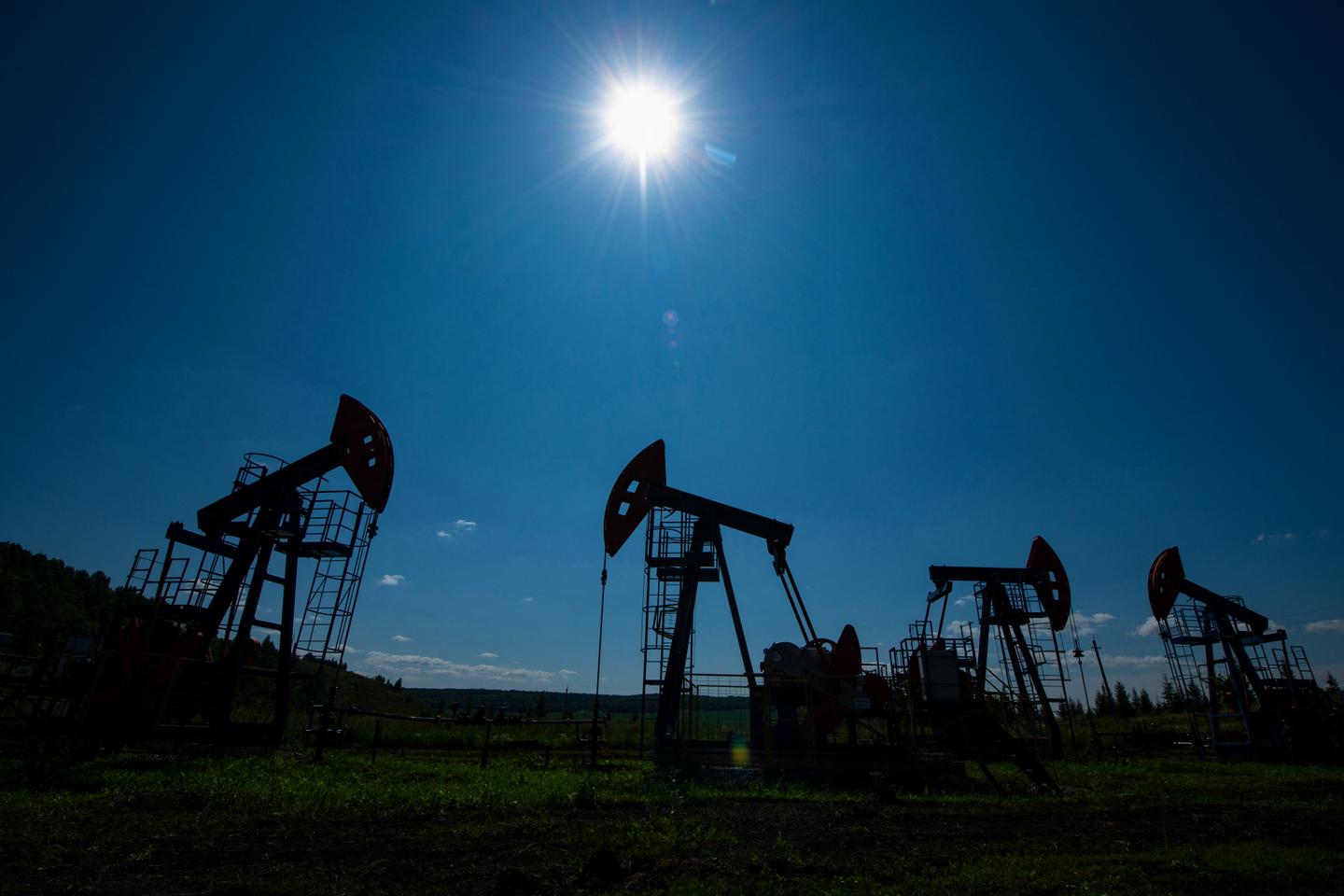Australia's 2035 Emissions Target: Ambitious or Insufficient?
The Australian Labor government recently announced its 2035 target for reducing domestic greenhouse gas emissions by 62-70 percent relative to 2005 levels. This new target represents Australia's Nationally Determined Contribution (NDC) under the Paris Agreement, a requirement submitted every five years.
Bush fires near Toowoomba, Queensland on October 30, 2023. [Photo: Facebook/Queensland Fire and Emergency Services]
Government Claims vs. Scientific Recommendations
Prime Minister Anthony Albanese, Treasurer Jim Chalmers, and Climate Minister Chris Bowen jointly described the target as "ambitious but achievable." However, independent assessments suggest the target falls short of what is needed to limit global warming to "well under 2℃" as outlined in the Paris Agreement.
A 2023 report by the World Wildlife Fund Australia indicated that a 1.5℃-consistent pathway for Australia requires a 90 percent reduction by 2035 and net-zero emissions by 2038, relative to 2005 levels.
Even the Climate Council suggested in 2021 that Australia needed a 75 percent reduction by 2030. Critics argue that the Labor government's previous 2022 target of 43 percent reduction by 2030, and now the 2035 target, ignore scientific evidence.
Fossil Fuel Exports: A Missing Piece of the Puzzle
Notably absent from Australia's 2035 Nationally Determined Contribution is any mention of fossil fuel exports. While the report claims Australia's domestic emissions are 1.15 percent of global emissions, it doesn't address the fact that Australia is the second largest climate polluter globally when coal and liquefied natural gas (LNG) exports are considered, accounting for 4.5 percent of global carbon dioxide emissions.
Reports indicate that Australian fossil fuel exports are projected to increase by 50 percent by 2035. The current target only addresses a fraction of the country’s total fossil fuel output. Since taking office in 2022, the Albanese government has approved at least 31 new coal, oil and gas developments.
Assessing the Government's Climate Policies
The Climate Action Tracker initiative has deemed the government’s climate policies as "insufficient," projecting a potential global warming of over 3℃ if adopted internationally.
Furthermore, reported emissions reductions are largely attributed to changes in land use, land use change and forestry (LULUCF), classified as a "carbon sink." Without LULUCF, emissions have only reduced marginally, raising concerns about accounting methods and the actual extent of emissions reductions.
The Path Forward: Scientific Feasibility vs. Economic Interests
Scientific assessments highlight the catastrophic impacts of climate change. A government risk assessment estimated that 1.5 million Australians are at risk of rising sea levels by 2050, with heatwave deaths becoming more frequent.
Climate Change Minister Bowen has expressed concerns about the "achievability" of a more ambitious target, suggesting potential impacts on corporate profits. While the scientific and technological means exist to transition away from fossil fuels, the current capitalist system, which the Labor government defends, poses a significant obstacle.
The Monash University-based Climateworks Centre, using a tool developed with the CSIRO, has modelled a pathway for an 85 percent reduction by 2035 and net zero by 2039, compatible with keeping global warming below 1.5℃. This pathway focuses on rapidly replacing fossil fuels with renewable energy sources. The target aligns with the Business Council of Australia (BCA) position.
 Visit the website
Visit the website






